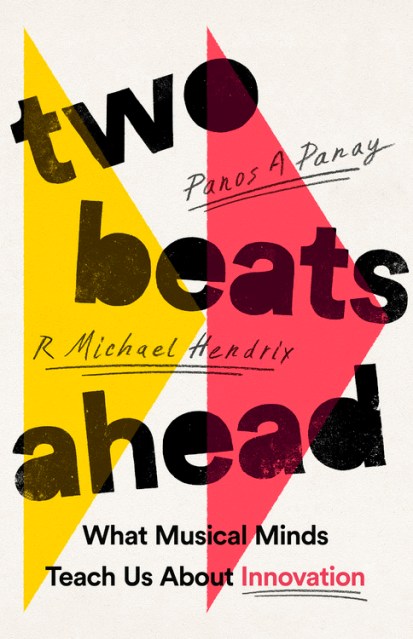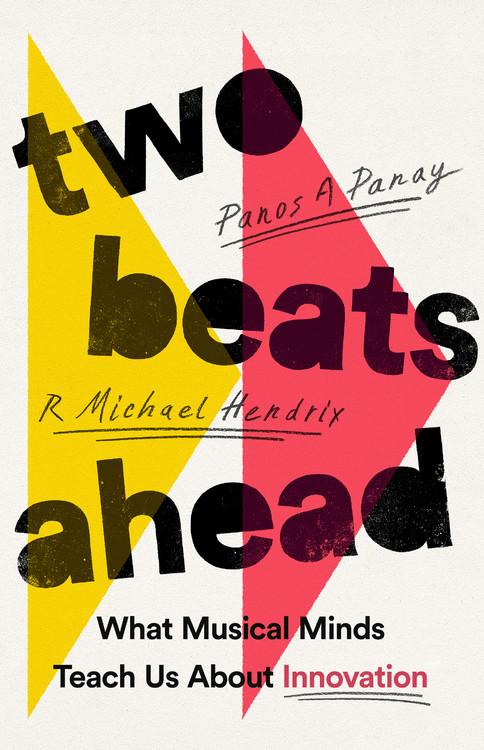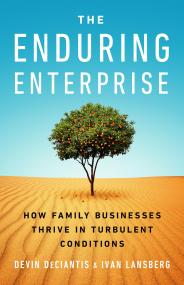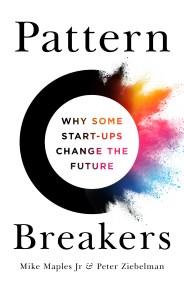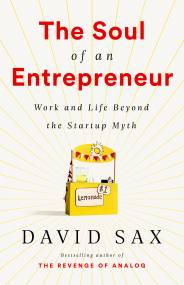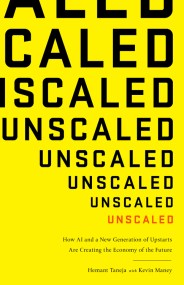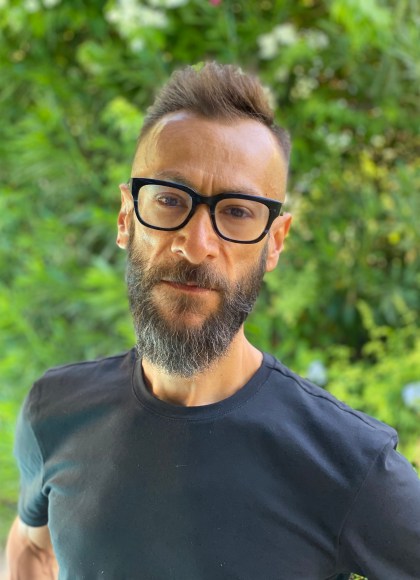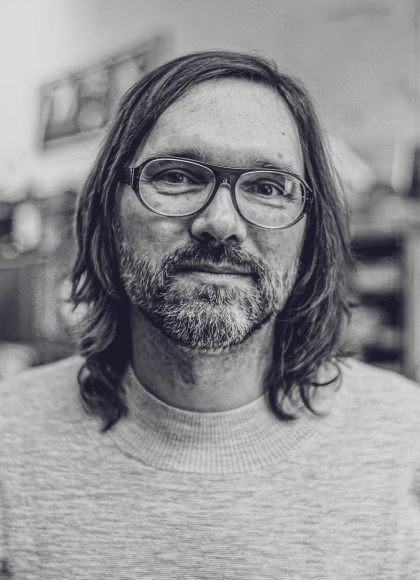Promotion
25% off sitewide. Make sure to order by 11:59am, 12/12 for holiday delivery! Code BEST25 automatically applied at checkout!
By clicking “Accept,” you agree to the use of cookies and similar technologies on your device as set forth in our Cookie Policy and our Privacy Policy. Please note that certain cookies are essential for this website to function properly and do not require user consent to be deployed.
Two Beats Ahead
What Musical Minds Teach Us About Innovation
Contributors
Formats and Prices
- On Sale
- Apr 6, 2021
- Page Count
- 256 pages
- Publisher
- PublicAffairs
- ISBN-13
- 9781541730588
Price
$28.00Price
$35.00 CADFormat
Format:
- Hardcover $28.00 $35.00 CAD
- ebook $16.99 $21.99 CAD
- Audiobook Download (Unabridged) $24.99
This item is a preorder. Your payment method will be charged immediately, and the product is expected to ship on or around April 6, 2021. This date is subject to change due to shipping delays beyond our control.
Buy from Other Retailers:
Musicians may just hold the keys to innovation in business. They don’t think like we do, and in the creative process, they don’t act like we do. It’s no coincidence that some of the world’s most respected creators are also entrepreneurs.
In Two Beats Ahead, Panos A. Panay, senior vice president for strategy at Berklee College of Music, and R. Michael Hendrix, global design director at IDEO, interview some of the nation’s top musicians and business leaders about how they approach innovation differently. They speak with hit maker Desmond Child about the importance of demoing and with industry legend Jimmy Iovine about listening and knowing your audience. Readers will learn the secrets of collaboration from Beyoncé and Pharrell Williams, about “daring to suck” from Justin Timberlake, about the power of reinvention from Gloria Estefan, and the importance of experimentation from Imogen Heap and Radiohead. And they’ll learn the value of finding and producing talent with T Bone Burnett and Hank Shocklee, cofounder of Public Enemy.
A window into these brilliant mindsets, this book equips any entrepreneur or innovative thinker with tools they can put into practice to thrive in an evolving world.
-
“Two Beats Ahead is the first of its kind — a book that turns on its ear the popular myth that business and the arts are at odds with each other. There is so much we can learn from musicians about innovation and creativity in business, and in this groundbreaking and riveting book, Panos Panay and Michael Hendrix show us exactly what we’re missing.”Amy Cuddy, social psychologist & bestselling author of Presence
-
“I have always believed that the best outcomes in life come from the discipline of business combined with the chaos of art. All successful musicians are entrepreneurs and all great business leaders are artists. In “Two Beats Ahead” Panos and Hendrix prove it. This is a must read if you want to enjoy finding the path of least resistance to the dream you are chasing!”Kevin O’Leary, Shark Tank Investor, Chairman O’Shares ETFs
-
“At its heart, this is a book about the creative journey. While the main ingredient is music, it is spiced with entrepreneurship, leadership and design and served through engaging stories. The result is one that will be of great inspiration to anyone looking to expand the reach of their creativity.”Tim Brown, Chair of IDEO and author of Change by Design
-
“For a long time, researchers have known that musical intelligence can awaken the nonlinear whole mind to healing, creativity and innovation. This book is a roadmap for innovators, entrepreneurs and those seeking new avenues for exploring and reimagining the future evolution of human consciousness and its infinite possibilities.”Deepak Chopra, MD
-
“How we perceive the world is the key to how we act in the world. Based on their course at Berklee, Michael and Panos show that a musician’s perspective, much like a designer’s perspective, can unlock inspiration and innovation, no matter who you are.”David Kelley, Founder of IDEO & the Stanford d.school
-
“This book is not just about innovation. It may be the most provocative and thoughtful business book of its time, an approach to managing through the cacophony of fifty years of disruption.”Jim Champy, Business Consultant and Co-Author of Reengineering the Corporation
-
“Great popular musicians must simultaneously master tight structures and freeform improvisation, selfless collaboration and solitary self-expression, artistry and commerce. What a treat to get an inside look at the creative process and enterprising spirit of some of the most talented people on the planet.”Scott Dadich, creator of Abstract: The Art of Design and recipient of the National Design Award, former editor in chief of WIRED
-
“Being an artist isn't just a matter of having imaginative ideas—to make songs and put them out into the world, you have to use that imagination to problem-solve, collaborate, pivot, and hustle. This book shows how thinking like a musician can provide valuable lessons for entrepreneurs, educators, and anyone who's trying to create something new.”Hrishikesh Hirway, creator and host of Song Exploder
-
“We all know that creativity plays a major role in the world of music, and that innovation plays a major role in the world of business. But, are creativity and innovation two sides of a coin? Like the subjects it writes about, Two Beats Ahead is a highly creative, innovative and enjoyable book.”Irving Wladawsky-Berger, former Chairman, Board of Governors, IBM Academy of Technology; Research Affiliate, MIT Sloan School of Management
-
“As both a professional musician and a business leader, I've always been fascinated by the surprising link between these two worlds. Two Beats Ahead brilliantly connects the dots, helping innovators, leaders, and creators reach new heights. Gripping stories, fresh insights, and deeply practical, this inspiring work is a must-read for anyone looking to boost creativity and innovation, both personally and professionally.”Josh Linkner, 5-time tech entrepreneur, New York Times bestselling author, venture capital investor, and jazz guitarist
-
“Makes a sound case for why the arts should play as central a role in education as maths and science and that to meet the ever increasing complexity of the world’s challenges ‘it’s not about making the false choice between science or art, mathematics or music, but about emphasising both’.”Financial Times
-
“The authors give plenty of examples of how musical creativity applies to business (demo tracks in music are similar to prototypes in business, for example, while remixing songs is analogous to an innovator’s willingness to change a product)… there are enough takeaways here to make it worth the price of admission.”Publishers Weekly
-
“The book is strongest in the authors’ presentations of heady concepts in down-to-earth fashion…An intriguing…look at what recording artists can teach us about innovation.”Kirkus Reviews
Learn More
A Playlist for Every Chapter
Newsletter Signup
By clicking ‘Sign Up,’ I acknowledge that I have read and agree to Hachette Book Group’s Privacy Policy and Terms of Use
